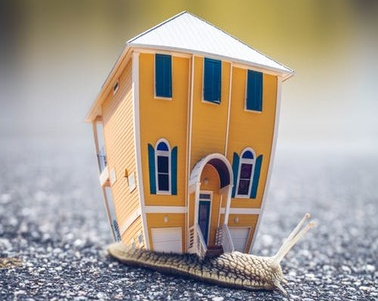How To Get The House In A Divorce?

The most common sense answer to how you can get the house in the divorce, is speak with your former partner about their position in relation to the house. If they are convinced they want to retain the premises, the question is whether they can afford to and the same to you. Both of you need to speak with a mortgage broker and ensure that you are able to refinance (if required) to maintain the house and sometimes just checking this matter will resolve the dispute to start with.
The next question is whether you would be entitled to the house. Have a look at our How To Guide, how to split assets after separation, for more information on that.
You may receive advice from a friend of friend that the house is not in your name so you are not entitled to it. This is incorrect. If you were in a relationship, all property is considered joint property (regardless of whose name it is in or who paid for it) until the court decides otherwise. You may also receive advice to make sure that you do not leave the house as you then won't get it in the settlement. This is incorrect as well. It does not matter who remains in the house after separation, both parties still have joint ownership of property until it is ordered otherwise. And you may receive advice that he/she cheated on you (or whatever the reason is) so you are entitled to the house. This is not correct. Australia has a no-fault separation system where it is not taken into account what the other party has done.
If you are set on keeping the house, but can't get an agreement, you might need to do some negotiating. Think about what is important to the other party, is there something that you concede in order to retain the premises? Do you have primary care of the children? In the circumstance where there are children, and the party is able to take over a mortgage, then the court is more likely to transfer the property to that person to maintain stability for the children.
If you are unable to get an agreement and believe that you would be entitled to retain the property, you can make an application to the court for an order to transfer the house to you. Even if the other person does not agree, the court is able to make an order that the house be transferred to your name. If they refuse to sign the paperwork, the court is able to assist with this as well and sign on their behalf.
We are Family Court lawyers who are experienced in providing divorce and separation legal advice in parenting and financial disputes. We have many years experience in court advocacy and dealing with matters involving complex property pools or modest property pools. We aim to resolve your matter as quickly and inexpensively as possible.
Contact us for more information or to book a free legal advice session to find out your options.




